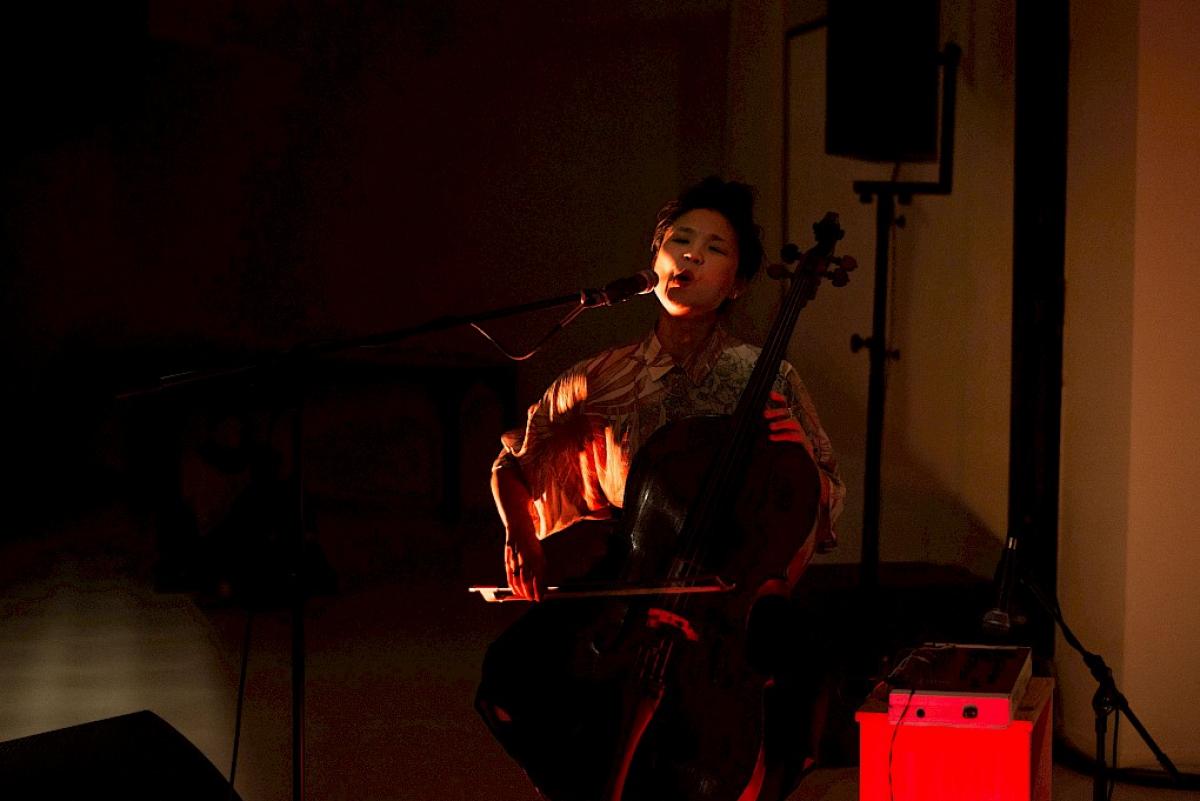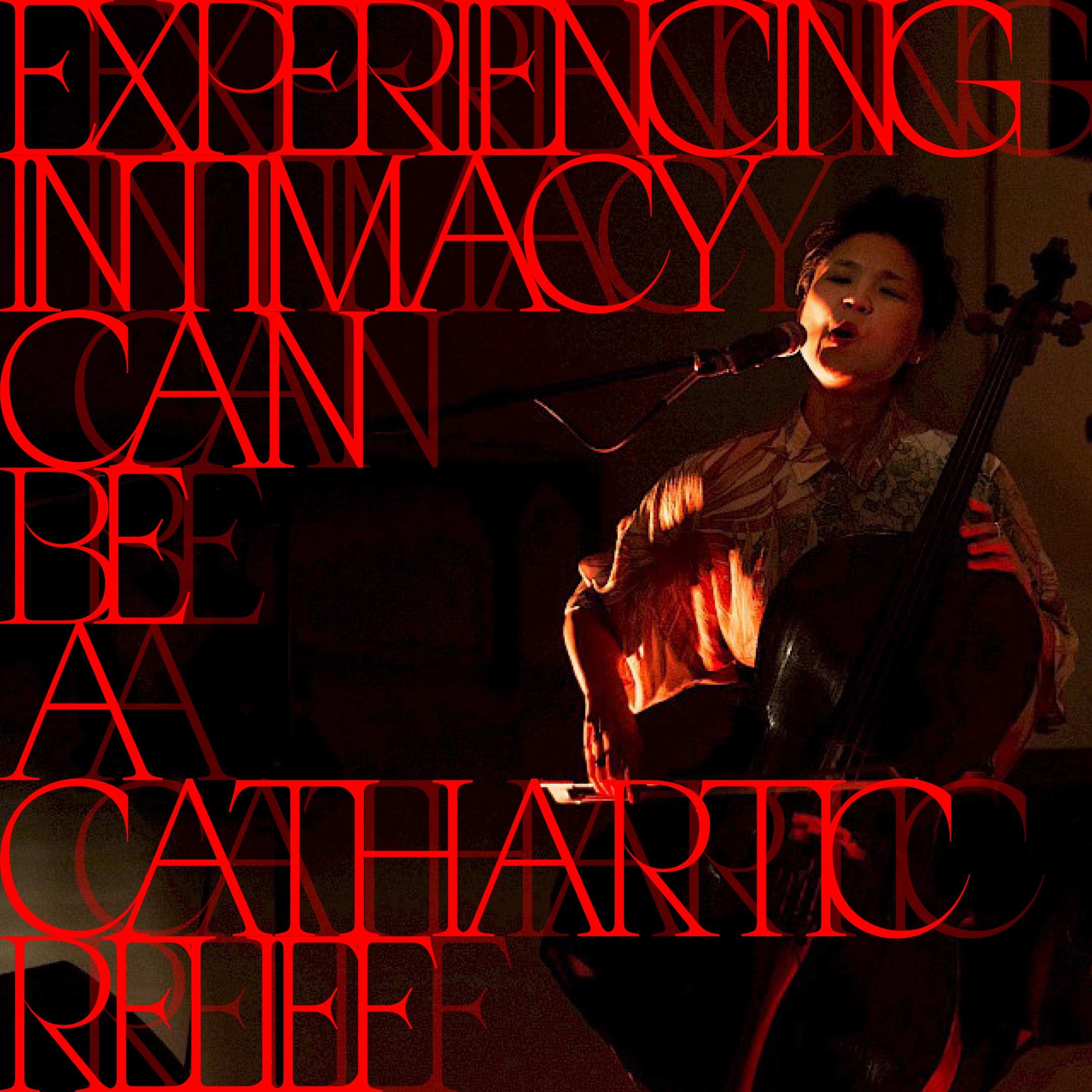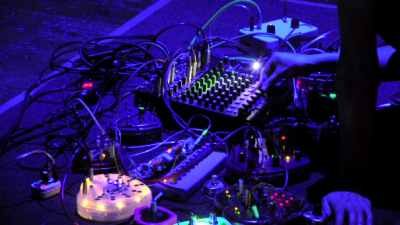In this review comment on the latest release by Mihkel Kleis aka Ratkiller our author argued that the artist serves as a perfect example for musical intertextuality. I would now claim that the sampling practices of experimental electronic artists such as Kleis show the total disembodiment of the samples from their sources. This – quite widely used – approach becomes apparent when both listening to the tracks but also looking behind the scenes of its production.
Sampling does not always mean quotation, to intentionally refer to someone or something. Accordingly, not all sample-based music is intertextual. Within the tracks of Estonian producer Mihkel Kleis, aka Ratkiller, it is the sheer presence of a vast number of (randomly) sampled sounds that makes the referentiality of a single sample secondary if not even unrecognizable. What we can experience here is the almost complete disembodiment of the samples from their source, a process soundscape artist R. Murray Schafer has called «schizophonia».
Intertextuality, as it is defined by French literary theorist Gérard Genette, describes «a relationship of copresence between two texts or among several texts: that is to say eidetically and typically as the actual presence of one text within another» (after Lacasse 2000: 148). Sure, to achieve such a «copresence» it might be enough for a text to simply appear within the other text, albeit the actual perceptibility or – in other words – its character as a quote is not really given. It was Richard Dyer, professor of film studies, who introduced the distinction between «textually signaled» and «textually unsignaled» forms of intertextuality (Dyer 2007: 24) as a means to deal with this problem.
However, I would argue that speaking of «intertextuality» in such cases as Ratkiller could be misleading. It is not really about quoting something, it is much more about being influenced and working with a certain stock of audio material. This becomes especially obvious when looking behind the scenes. I have emailed with Mihkel and asked him about his sampling strategies and this is what came out: a vivid picture of his sampling approach, grouped into topical quotes.
Mihkel Kleis aka Ratkiller talks about his strategies of sampling.
#listening
I assume sampling is used by people who constantly listen to a lot of new music (not all the artists do), so whatever I choose to sample basically relies on what I have been listening.
#software
Around 2010 I began to record and mix music on my own using the sound editor Audacity. The first things I did – just to try out different possibilities of the program – were a couple of mashups. At that point I started to collect samples.
#learning
I've tried other software a couple of times (I can't even remember which ones), but they just didn't make sense to me and I don't really have much interest in learning anything only because it could maybe be useful. Actually I have no interest in learning anything at all. Someone who doesn't know anything about music recommended Audacity for me and it was really easy to understand. I had absolutely no clue how to edit music before that and it just went on from there step by step.
#fragments
At first I was focused on rhythm loops, but at one point this approach began to seem too limited and simplistic. So now I mostly use short non-repeating samples, which are often just tiny fragmentary sounds stripped out of context.
#sampling 1
Here is one of many possible ways of how I sample. I sometimes randomly pick some samples from my sample folders and throw them into a new playlist in a media player. I then play around with these samples, just with the possibilities of the media player (play, pause, volume) as long as some sort of a sensible pattern appears. While doing this I record everything in Audacity. The recording then may become the foundation for building the narrative of a new composition.
#sampling 2
This track actually is one of the rare cases where my sample wasn't an accidental find. I took this spoken word part from the end of the song «Beptized in Decadence» by French death/thrash metal band Massacra as a foundation. I have had this tape since the mid 1990s and this interlude always amused me a lot. There is some kind of dead serious straight to the face misanthropic naivety in it and it is perfectly in rhyme like a children’s poem. Finally I am very glad that decades later I found a weird and unexpected way to reuse it.
#fanboyism
It does not make your music cooler if you are using samples that are part of the general cultural consciousness such as a cool dialogue from some cult film or a groovy loop from a well known jazz album. There is no retro charm in using these kinds of samples - it is just lame fanboyism. It is like trying to tell a common joke as your own - what could be more embarrassing? Of course it can be done, but it takes extra wit to make it work.
#curiosities
Basically I am constantly attracted to everything unusual and curious, but I use a sample only if I find a way to reinterpret it. At that point, extremely bizarre curiosities such as The Sounds of the Junk Yard, released by Folkways Records in 1964 (probably the world's first industrial noise album) and sound clips from some random Hollywood blockbuster comedy have equal importance.
#culturalmeaning
Indeed, a lot of material that I am sampling happens to have strong cultural meaning.
#samplingpolitics
In the beginning of 2017, I spent a month listening to avant-garde jazz of a certain period that emphasized spiritual jazz which is very politically charged. From there on I got interested in black academic composers – I have sampled Samuel Coleridge-Taylor more than once.
#recognition
I do not think that it is important for a listener to recognize the sample source. Actually, it would be better if they do not, because making a tribute or homage to something specific is not my point. These samples are there just as brief glimpses to the wide field of inspiration.
#intuition
It is quite hard to articulate the meaning behind my samples. There is no theory or ideology, it is all based on intuition and the procession of a sample is ready when I consider it as aesthetically pleasing enough.
#failure 1
At first I may get excited about a groovy loop taken from old library music album, but when I have had enough time to look into it critically and objectively, there is nothing I can do to make it work better. The sample appears perfect just the way it is and only in the original context. This happens all the time.
#missingthethrill
An example: Cornelius Cardew's The Great Learning. Originally a piece of aleatory music: a group of people in a room plucking different instruments and whatnot in random order and it is sparsely scattered over three hours. I found dozens of samples there, short loops, and they basically sounded good enough on their own. But then I thought why would I do something like that? Why would I reduce this bold experimental musical statement into some sort of accessible no-brainer club format? I mean almost everything sounds good when you are looping it. It was just way too easy, there was no thrill at all in making something like that.
#failure 2
When something does not work at all I usually delete the sample file and eventually forget what it was. There are a lot of samples that I have kept after trying and not succeeding though. It is because I have not been able to realize what I had in mind. Often those ideas are very vague and fall apart right at the moment when I start working.
#improvisation
Whatever music I am working on, I approach it as I would play jazz improvisation. Well, it is just my imagination, I know nothing about jazz in the academic sense. I understand improvisation as being open to changes in rhythm and harmony, building rhythm as narrative, etc. And if I can not use that approach, I feel very insecure. That is why I usually fail when I try to compose something in a style with strict rules. This ruling out of what can and can not be used applies to my way of creating music in general.
#feelings
I am trying to evoke certain feelings with music. My tracks usually turn out as abrupt, tense, and restless. I want them to be driven all through by the feeling of surprise, resulting in a cathartic confusion. I am especially talking about my recent yet-unpublished works where it is all about the right order and length of samples, how to arrange them to get that feeling.
#ethics
I do not know of any rules about what should not be sampled. I think that reusing and modifying has been one of the core elements of music since the beginning of time. In that light I have no ethical issues about taking something done by other artists as long as I can add a new angle to it. It is not important what one uses, but what can be made of it.
#originality
Originality is one of my most important artist dogmas, although I do not quite know why. I read somewhere that it first became an issue during the movement of Romanticism. Suddenly the artist became a rebel, an innovator. I do not really know how this may reflect in sampling.
#soundcollage
Using samples is quite irrelevant. I do it because it is just a sound, an available audio source which can be processed. There is no extra meaning in it for me. The samples are like separate notes, a whole lot of them, and I combine them as a puzzle, trying to fit them together and in the end there is a picture. That kind of sound collage is my preferred method at this point.
#alternatives 1
My music does not have to be made with samples. At the moment I am also working on another material, recorded in a studio on drums, piano and bass. I am about to cut the tracks into tiny pieces in order to reconstruct it in a similar way to my sampling practices.
#alternatives 2
Just a few days ago I tried another sampling alternative. I was recording the final synthesizer parts to a new work. It was mostly based on samples found while watching movies: dripping water, footsteps, heavy breathing, and that kind of stuff. In the end, I took all of it out and kept only those synth parts. They sounded good enough on their own. It was like around-the-corner solution for doing ambient.




